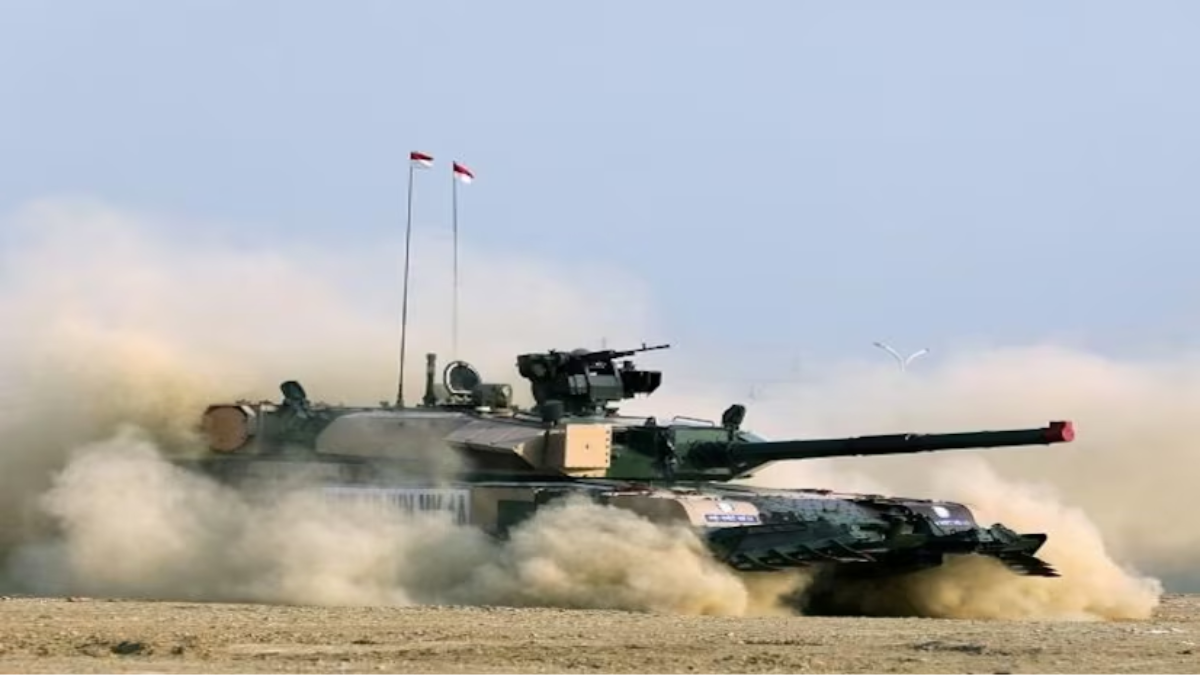The Indian Army is getting ready to launch a Request for Proposal (RFP) for a ground-breaking project valued at Rs 57,000 crore, which will usher in a new era of modernization. The Times of India (TOI) said that the goal of this effort is to manufacture 1,770 Future Ready Combat Vehicles (FRCVs) in India. These vehicles are expected to take the place of the outdated T-72 tanks, which are of Russian origin, starting in 2030.
The FRCVs are not ordinary armoured vehicles; they will be equipped with state-of-the-art technologies to improve their combat performance. The features that will be included are superior situational awareness, active protection systems, artificial intelligence (AI), and drone integration. Additionally, these vehicles will be able to work together as a manned-unmanned team, allowing them to integrate into network-centric fighting scenarios seamlessly.
There will be three phases to the introduction of FRCVs, each bringing newer technologies to ensure maximum lethality, agility, and survivability. The choice to swap out the T-72 tanks was made in response to recent reports that showed how extensively Russian tanks had been destroyed during the current conflict in Ukraine. Analysts emphasise the requirement for integrated operational tactics incorporating infantry, artillery, electronic warfare, and air support, suggesting that the failures were more tactical than inherent limitations.
At the same time that the FRCV project gains prominence, the Indian Army is strengthening its current capabilities. This year, the first 118 of the Arjun Mark-1A tanks made in India will be commissioned. They will come with improvements to their mobility, protection, endurance, and firepower. Furthermore, the Army is preparing to deploy 354 indigenous light tanks intended for high-altitude fighting under Project Zorawar. These tanks will be a great asset in hilly areas, enhancing current capabilities, particularly in areas such as eastern Ladakh.
Additionally, continuing projects are underway to improve the current tank fleets’ operational capabilities. This includes adding sophisticated thermal sights, fire detection systems, and other improvements to T-72 tanks, as well as installing 1000 horsepower engines in them.


